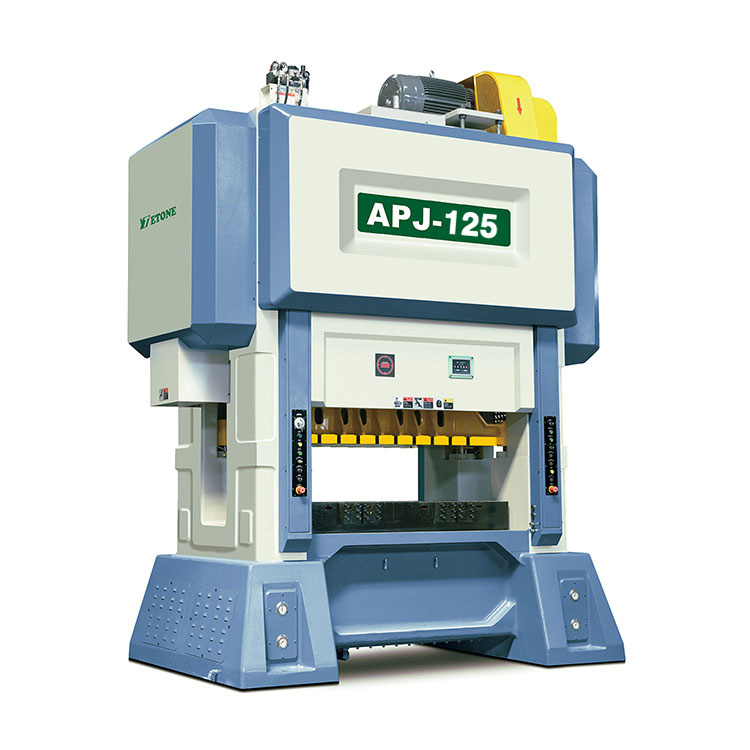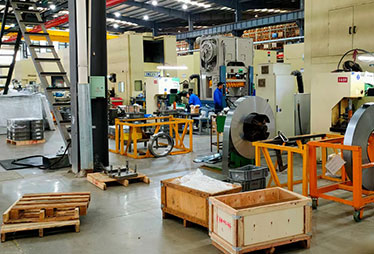How to design and install precision high speed punch molds
2024-03-21
The design and installation of precision high speed punch molds is a complex and critical project. The following are the general design and installation steps:
design phase:
Demand analysis: First of all, it is necessary to clarify the stamping process requirements of the product, including requirements for materials, thickness, size, etc.
Mold structure design: Design the structure of the mold according to product requirements, including upper mold, lower mold, guide pillars, guide bushings and other components, and consider the opening and closing method of the mold, ejection method, etc.
Mold parts design: Design various parts of the mold, including mold plates, mold seats, ejector pins, guide pillars, etc., to ensure their accuracy and wear resistance.
Mold material selection: Choose a suitable mold material, taking into account factors such as the service life, wear resistance and heat treatment performance of the mold.
Mold manufacturing drawings: Draw detailed manufacturing drawings of the mold according to the design requirements, including parts drawings, assembly drawings, etc.
Manufacturing:
Processing and manufacturing of molds according to design drawings, including milling, turning, grinding and other processes.
Heat treatment is performed on key parts of the mold to improve the hardness and wear resistance of the mold.
Inspect the processing accuracy and quality of each component of the mold to ensure that the design requirements are met.
Installation and debugging:
Assemble the various parts of the mold, paying attention to the matching accuracy and lubrication of the various parts.
Install the mold on the punch machine and perform debugging to adjust the mold opening and closing clearance, ejection force and other parameters to ensure stability and accuracy during the stamping process.
Carry out mold trial and debugging production of molds, and check the quality of products and the stability of molds.
Training and Maintenance:
Provide training to operators on the use and maintenance of molds, and educate them on the correct operation and maintenance of molds.
Establish a maintenance plan for the mold, perform regular maintenance and repairs on the mold, and extend the service life of the mold.























































